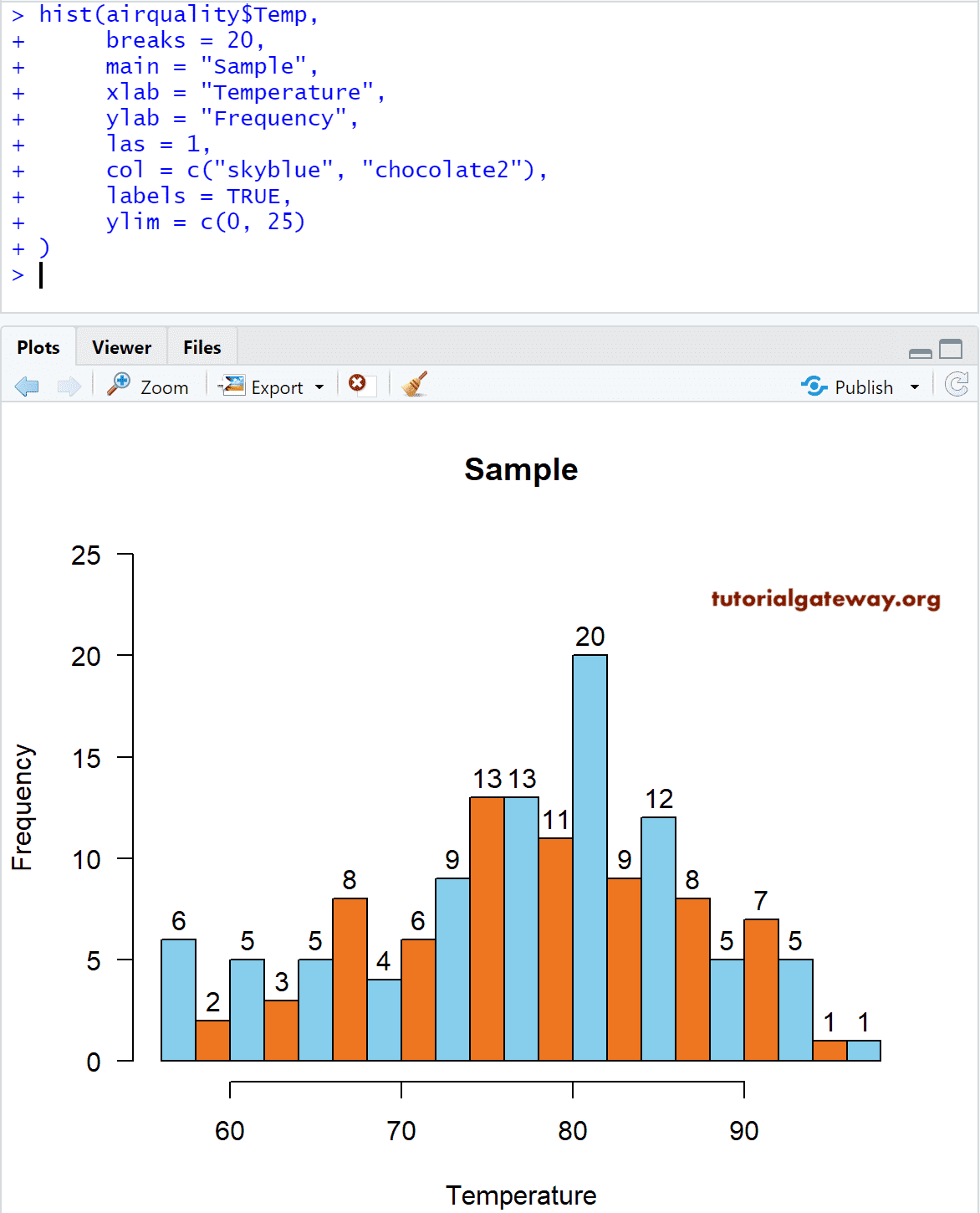

The output of the sample() function above is a vector of 10 strings indicating the type of coin we drew on each sample. # "silver" "bronze" "silver" "bronze" "gold" "bronze" "bronze" # Draw 10 coins from the chest sample( x = chest, Let’s use sample() to draw 10 samples from a vector of integers from 1 to 10. Or, if you need to randomly assign people to either a “Control” or “Test” condition in an experiment, you can randomly sample values from the vector : For example, if you want to simulate the 100 flips of a fair coin, you can tell the sample function to sample 100 values from the vector. The sample() function allows you to draw random samples of elements (scalars) from a vector. If you don’t specify the prob argument, all outcomes will be equally likely. The vector of probabilities you give as an argument should add up to one. If TRUE, then each outcome in x can be drawn multiple times.Ī vector of probabilities of the same length as x indicating how likely each outcome in x is. Should sampling be done with replacement? If FALSE (the default value), then each outcome in x can only be drawn once. For example, to simulate coin flips, you’d enter x = c("H", "T") 18.5 Chapter 8: Matrices and DataframesĪ vector of outcomes you want to sample from.18.4 Chapter 7: Indexing vectors with.17.4 Loops over multiple indices with a design matrix.17.3 Updating a container object with a loop.17.2 Creating multiple plots with a loop.17.1.2 Adding the integers from 1 to 100.16.4.4 Storing and loading your functions to and from a function file with source().16.4.2 Using stop() to completely stop a function and print an error.16.3 Using if, then statements in functions.16.2.3 Including default values for arguments.16.2 The structure of a custom function.16.1 Why would you want to write your own function?.15.5.2 Transforming skewed variables prior to standard regression.15.5.1 Adding a regression line to a plot.15.5 Logistic regression with glm(family = "binomial".15.4 Regression on non-Normal data with glm().15.3 Comparing regression models with anova().15.2.6 Getting an ANOVA from a regression model with aov().15.2.5 Center variables before computing interactions!.15.2.4 Including interactions in models: y ~ x1 * x2.15.2.3 Using predict() to predict new data from a model.15.2.2 Getting model fits with fitted.values.15.2.1 Estimating the value of diamonds with lm().14.7 Repeated measures ANOVA using the lme4 package.14.6 Getting additional information from ANOVA objects.14.5 Type I, Type II, and Type III ANOVAs.14.1 Full-factorial between-subjects ANOVA.13.5.1 Getting APA-style conclusions with the apa function.13.1 A short introduction to hypothesis tests.12.3.1 Complex plot layouts with layout().12.3 Arranging plots with par(mfrow) and layout().11.10 Test your R might! Purdy pictures.11.8 Saving plots to a file with pdf(), jpeg() and png().11.7.5 Combining text and numbers with paste().10.6 Test your R might!: Mmmmm…caffeine.9.6.3 Reading files directly from a web URL.9.1.1 Why object and file management is so important.8.7 Test your R might! Pirates and superheroes.7.3.1 Ex: Fixing invalid responses to a Happiness survey.

7.2.2 Counts and percentages from logical vectors.6.2.3 Sample statistics from random samples.6.2.2 Additional numeric vector functions.4.4.4 Example: Pirates of The Caribbean.4.3.1 Commenting code with the # (pound) sign.4.3 A brief style guide: Commenting and spacing.



 0 kommentar(er)
0 kommentar(er)
